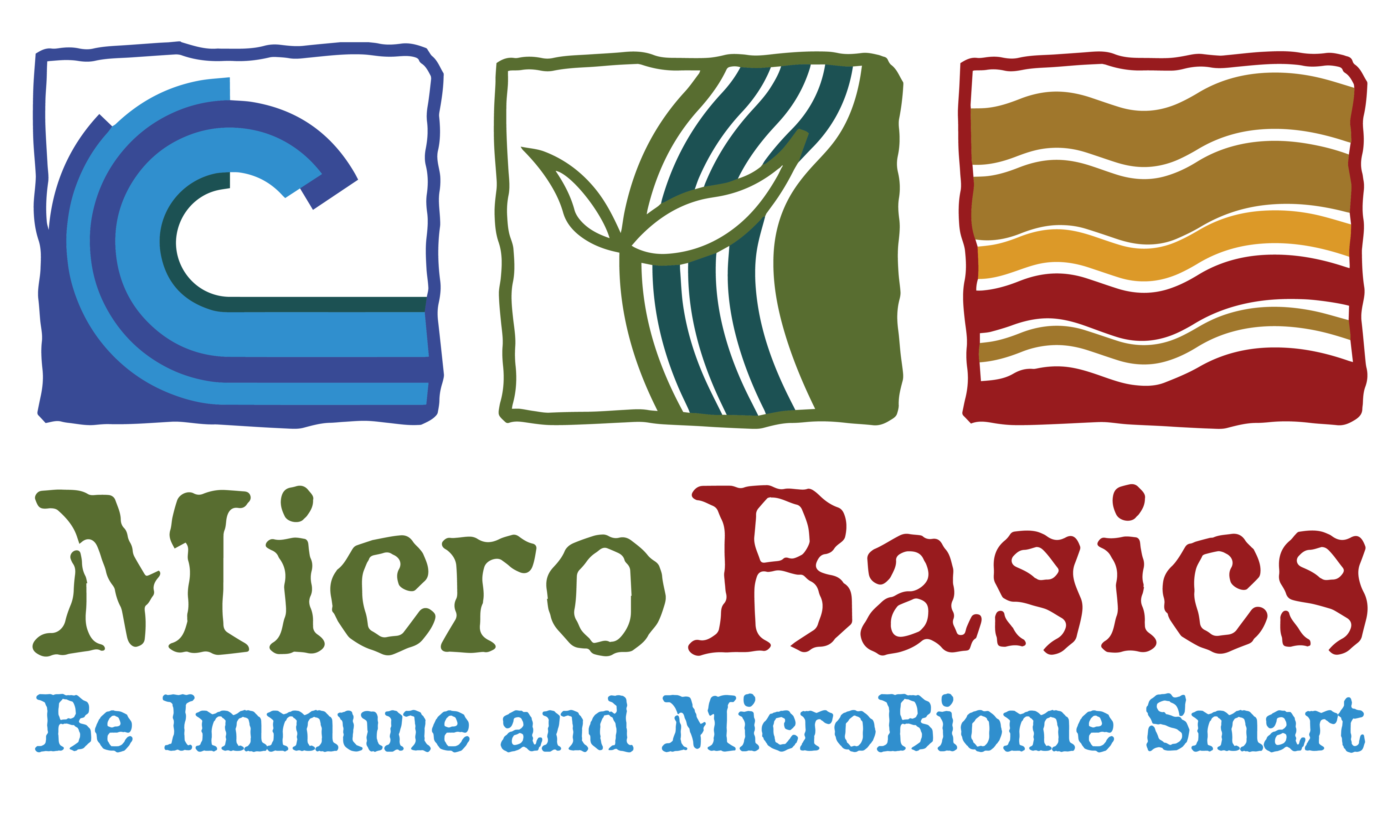
Unlocking the Power of Metabolic Flexibility
Metabolic flexibility is more than a scientific concept; it’s a practical tool for modern livestock producers. By understanding and implementing strategies to enhance metabolic adaptability, we as an industry can create thriving, resilient herds that meet the production standards of today all while preparing for the challenges of tomorrow.
What is Metabolic Flexibility?
Metabolic flexibility is the ability of an animal to adapt its metabolism to varying nutritional and environmental conditions. The capacity to switch between energy sources, such as carbohydrates, fats, and proteins, depending on availability and demand.
In dairy cattle, this adaptability is critical, especially during periods of stress, such as the transition from late pregnancy to early lactation. During this time, cows face immense metabolic demands as they shift from maintaining their own body to producing milk.
A metabolically flexible cow can efficiently utilize stored body fat during energy deficits or prioritize glucose for milk production when dietary energy is abundant. This adaptability reduces the risk of metabolic disorders like ketosis, fatty liver, or displaced abomasum, which can significantly impact milk yield and overall health.
Why Does Metabolic Flexibility Matter?
1. Improved Health and Longevity
Animals with better metabolic flexibility are less prone to metabolic disease. This means reduced treatment and medicine costs, reduced culling rates due to health status, and longer productive lifespans.
2. Enhanced Feed Efficiency
Metabolically flexible animals make better use of the nutrients they consume, converting feed into milk or meat more efficiently.
3. Resilience to Stress
Animals with flexible metabolic systems can better withstand challenges such as heat stress, calving, feed changes, and other environmental stressors.
How to Improve Metabolic Flexibility in Your Herd
Genetic Improvements in livestock have generally focused on efficiency of feed conversion into saleable product. This comes with some potential trade-off when it comes to animal resilience. While we want to improve feed efficiency, it is critical to preserve metabolic flexibility to avoid compromising vital maintenance functions.
Metabolic flexibility plays a pivotal role in the animal’s ability to adapt to the environment, disease, and stressful events. Choosing the right genetics that benefit both feed efficiency and long-term resilience will help to preserve metabolic flexibility, however, it is a complex topic and there are many other environmental factors that come into play. We still have a lot to learn when it comes to metabolic flexibility, but new technological and research developments are being explored to help us better understand how we can balance both feed efficiency and metabolic flexibility.
Applying what we have learned so far will help animals better adapt metabolically.
Nutritional Strategies
1. Target feeding amino acid feeding strategies allows for optimization of nutrient utilization for maintenance and milk production.
2. Incorporation of phytonutrients like phenolic compounds can improve intestinal and overall animal health,
3. In dairy cattle co-supplementation of methionine, choline, betaine, and B vitamins has been found to reduce liver lipid content, increase plasma methionine availability and enhance milk quantity and quality.
4. Nutrient manipulations such as acidogenic diets, controlled energy diets, amino acid supplementation, and use of phytonutrients can modulate the immunometabolism of dairy cows, improving their metabolic capacity.
5. New on the radar when it comes to livestock nutrition, are medicinal mushrooms. Mushrooms like reishi may help improve metabolic balance and insulin sensitivity, and others like turkey tail may enhance mitochondrial health, improve oxygen usage, and reduce inflammation. These types of supplements may become increasingly popular as we move to more natural methods of feeding livestock to maximize health and production.
Management
1. Minimize stress: during stressful events the gut-brain communication is disrupted leaving the animal more susceptible to disease, and losses in production.
2. Monitor Body Condition: over-conditioned cows are more prone to metabolic disorders. Regularly assess body condition scores and adjust feeding strategies accordingly.
3. Genetic Selection: breeding for both, feed efficiency and disease resistance, can improve the metabolic flexibility of future generations.
Final Thoughts
For our livestock species, metabolic flexibility is not just a buzzword, it’s a cornerstone of resilience, productivity, and sustainability. With the right strategies, we can unlock the full potential of metabolism, ensuring healthier animals, higher profits, and a brighter future for livestock production.
Written by: Mariah Gull, M.S.
Sources:
Boosting Feed Efficiency and Metabolic Flexibility for Resilient Dairy Farming | The Bullvine
Lions Mane Powder or Extract Benefit for Animal Nutrition - GREEN AGRI
